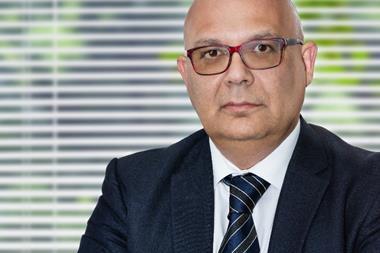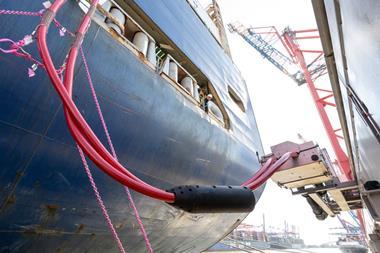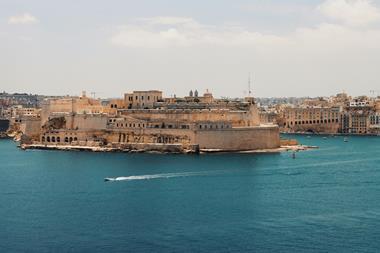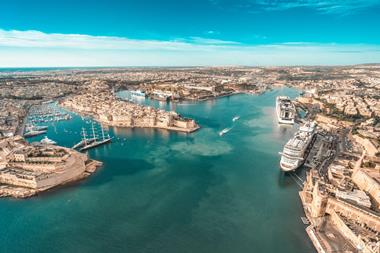Portugal is committed to having 10 GW of installed offshore wind capacity by 2030 – but there will be considerable challenges along the way.
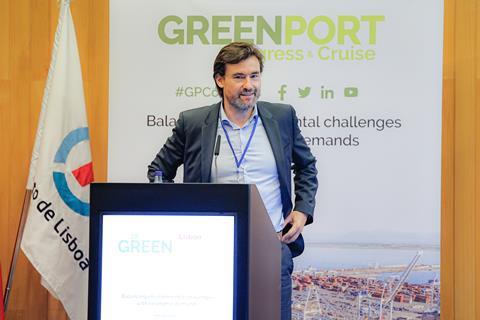
Marco Alves, CEO of WavEC Offshore Renewables, said that among the assumptions, the turbines would not be fixed to the seabed because of the very deep water – so a floating solution, either TLP or semi-submersible – would be required. About about 650 turbines of 15-20 MW would be required, each of them the height of the Eiffel tower when one blade was upright.
Wind generation capacity of 10 GW would deliver 75% of Portugal’s current energy consumption, said Alves: “We are looking into a completely new paradigm on energy production. We are talking about 165% of the jobs in the electricity, gas and water sector [now] just for the offshore wind sector, and 80% of annual direct foreign investment in Portugal, €5bn annually. That is the size of this ambition.”
However, the challenges included public acceptance (including navigation and fishing conflicts), policy support mechanisms, environmental impact, site characterisation, manufacturing and assembly, and infrastructure.
The supply of steel and raw materials could be a particular problem along with the draft and crane capacity of ports in some areas and the availability of vessels and equipment, said Alves. “But if the ports are not aligned with this ambition, then we will stay exactly where we are.”
Malte Siegert, the chair of NABU, the Germany based nature and biodiversity conservation union, presented the findings of a study into methanol as a marine fuel. He noted that the geopolitical situation impacts on supply chains, trade and other considerations.
“The past five to seven years, it was easy to introduce a question about how much importance climate and environmental questions have – but meanwhile, this is changing. We are more or less talking about how we can get resilience in terms of getting enough energy and how can we get our military infrastructure in our ports in a way that if it becomes worse, we can act,” he said. “That is changing the priorities. I just want to keep that in mind when we talk about these issues and relate to what we are doing – because all these questions have an impact.”
In the findings on methanol, he said the pros were that existing infrastructure could be used with little adaptation and manageable investments; methanol has fast and easy solubility in salt water and is less harmful for the marine environment in terms of leakages and accidents; methanol engines for deepsea shipping are already commercialised; and while methanol, like other marine fuels, is toxic to humans, it is not toxic to aquatic organisms and has no long-lasting effects on them. However, the cons were the current and medium-term lack of availability, uncertainty about upscaling of hydrogen production and costs, and exhaust gas aftertreatment and CCS.
The Ports of Bremen have set the goal of achieving climate neutrality by 2035, said Dr Janna Köhler, advisor for hydrogen and decarbonisation for the Free Hanseatic City of Bremen, ministry of science and ports.
Emphasising the importance of being creative and bringing parties together in this challenge, said explained projects including the Hydrogen Lab Bremerhaven, which comes with challenges of combining production with fluctuating energy from wind turbines; the MariSynFuel methanol project; the use of HVO as a valuable interim solution to decarbonise existing fleets – for example GHG emissions from shunting locomotives have been reduced by about 90% through using HVO; and the Energy Port Bremerhaven, a planned new port area for the energy transition.
Köhler also drew attention to the impact of the geopolitical situation, which has accelerated German’s offshore wind ambitions.

